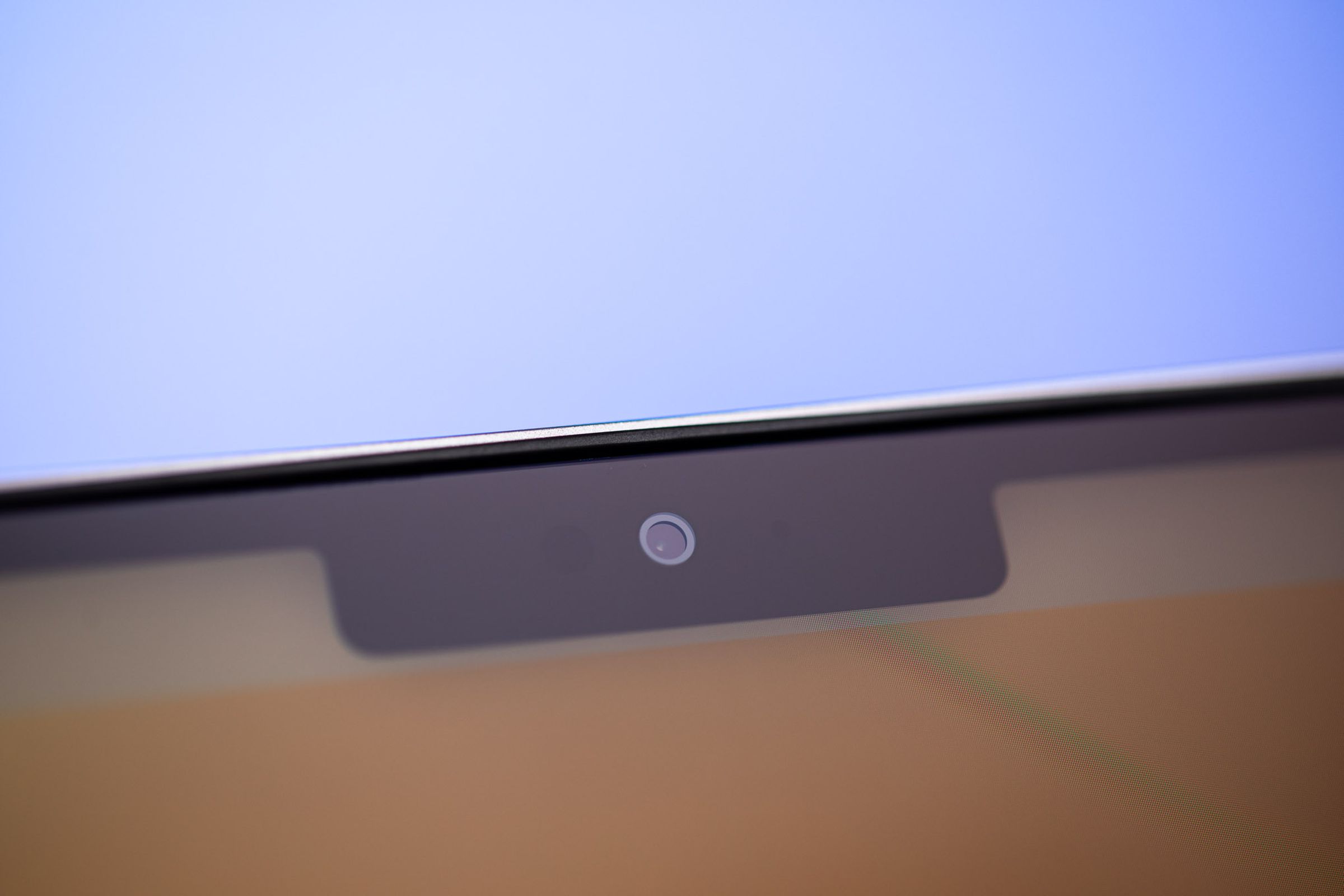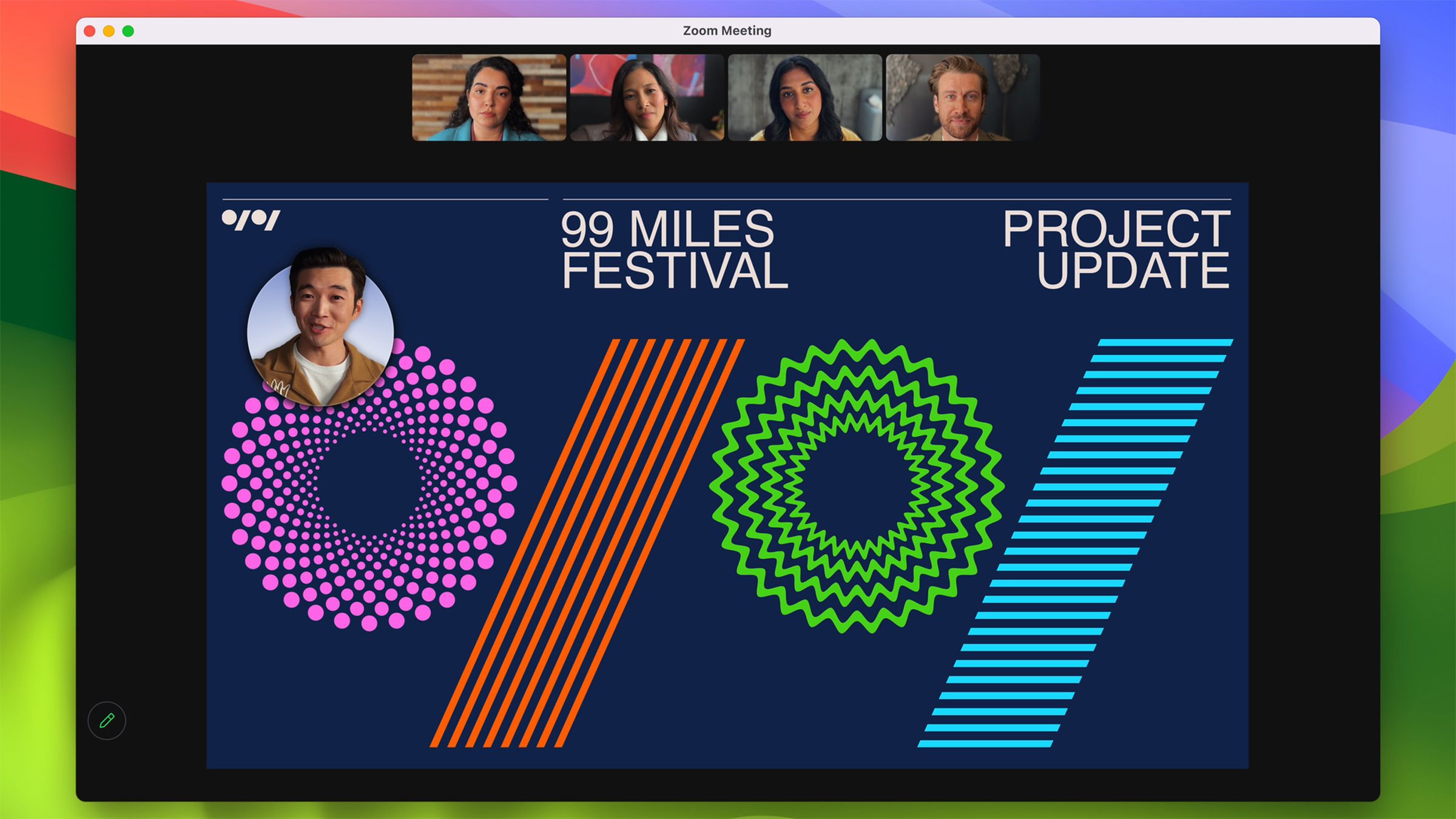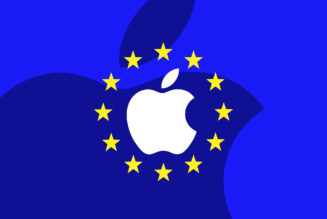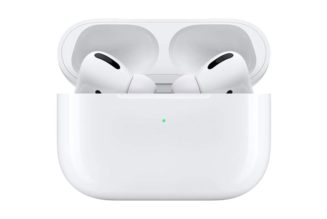All we actually got was slightly better video chat.
Share this story
See our ethics statement.

Three years ago, video chat appeared set to revolutionize the way we work. All we actually got was slightly better video chat.
Video-first communication obviously became much more important to many with the covid pandemic. With people suddenly forced to use video chat for work, school, and even to visit with their families, there was a rush of interest in apps and platforms that promised to make the concept of sitting in front of a webcam a bit more exciting.
Lots of companies rolled out ways to watch videos together. Meta rolled out 50-person Messenger Rooms. Video messaging apps Houseparty and Marco Polo blew up. Hopin tried to make virtual events feel more like an in-person conference. Mmhmm offered fun options and effects to make video calls less like staring directly into somebody’s window. Snap Camera became a popular way to add filters to video calls. Even Verizon invested big into video conferencing, snapping up BlueJeans for around $400 million and making vague promises about integrating it with 5G.
Zoom, meanwhile, became a verb and a household name practically overnight. It launched an app store, an events platform for everything from yoga classes to doctor visits to worldwide conferences, and a whole suite of other productivity tools with video chat at the center. The company suddenly looked like the future of life, business, school, and everything. It even partnered with Meta to bring Zoom to Meta’s Horizon Workrooms VR productivity space.
Even after all that, the actual experience of video chat is maybe in its most boring state ever. Now that many people are gathering as they did before the pandemic started (even Zoom is demanding that some employees come back to the office), the market is largely run by tech giants and the pace of new and interesting features has slowed to practically nothing. This is the case with many tech changes brought on by the pandemic, but video was supposed to be the one that stuck around.
Hopin offloaded its events and webinars businesses to RingCentral as part of a “strategic relationship” announced earlier this month. Mmhmm is still around, but I haven’t run into anyone outside of my colleagues or fellow tech journalists that has ever mentioned the tool. Houseparty, the group video chat app from the creators of Meerkat, was acquired by Epic Games in 2019 but shut down in 2021. Verizon just announced that it will be shutting down BlueJeans. Heck, Snap even shut down Snap Camera.
So what does the landscape look like now?


Zoom is still a force. I attend briefings and meetings using the platform all the time, even though Vox Media itself is a Google Meet house. But Zoom calls themselves still feel remarkably similar to how they did early on in the pandemic, even with added features like facial effects, avatars, and AI summaries. Zoom is increasingly trying to find a business beyond video chat, though I don’t know anyone who uses its Slack-like Team Chat or its email and calendar services, and I think I’ve attended one event on Zoom’s virtual events platform.
Google Meet has come the farthest. Google wisely rebranded the app from “Hangouts Meet” to “Google Meet” in April 2020, which separated it from the confusing and now-dead Hangouts brand. Over time, Google addressed some obvious missing features and improved the app’s overall stability. I generally don’t think about how to use it when I’m actually using it, which Google should count as a win, but I still wouldn’t say using Google Meet is a joy.
Microsoft continues to invest in video conferencing features for its Teams collaboration app, and I’ll give the company some credit for integrating Snapchat’s Lenses to add some fun to video calls. But there’s something ironic about Microsoft investing so much in another straightforward way to video chat when it already has Skype.
The future of video chat apps isn’t all bleak. Apple has a few interesting ideas that are coming with macOS Sonoma, some of which are borrowed from others: You’ll be able to make your face appear in a little movable bubble, make yourself much larger so that the focus is more on you, and make gestures to set off animated reactions. It’s great that these will probably be everywhere once Sonoma rolls out — especially since they’re all supposed to work with apps like Zoom, Microsoft Teams, and Cisco’s Webex — but are animated fireworks really the best thing we can add to video chat?
For hanging out on video calls with your friends, Discord’s Activities let you do things like play games with your pals or watch YouTube videos together. If your workplace uses Slack, I actually recommend its video huddles for short, impromptu conversations that feel like the deskside conversations I used to have when I worked in an office.
But it really does feel like the time to get hyped about video chat apps is over. Sure, Zoom, Google Meet, and Teams are all very good at what they do. It’s great that things like custom backgrounds and emoji reactions are commonplace no matter which app you use. But when I hop on a video call, I’m still largely just staring at boxes of people, and the apps have mostly become utilities that I’m just not that excited to use.
Video was supposed to be the future. Instead, it’s just another way to pick up the phone.








